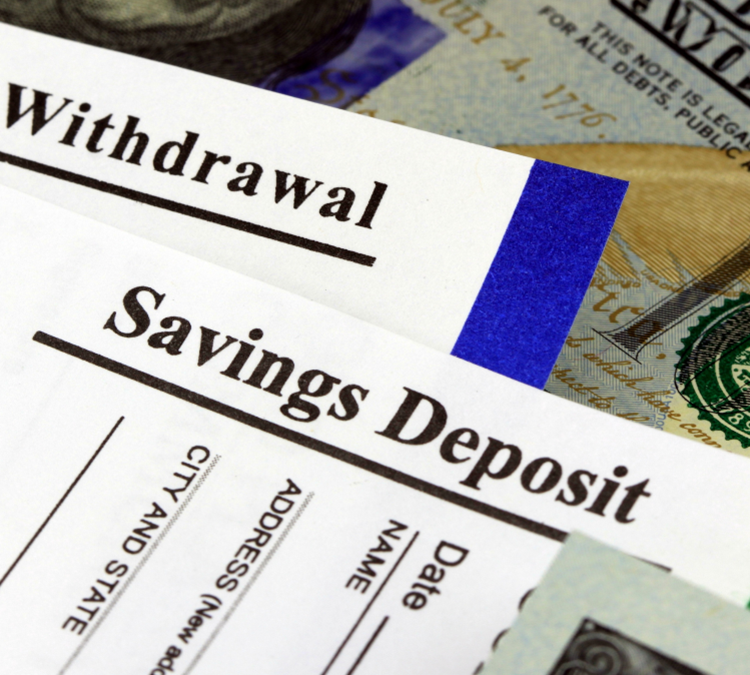Prepare Today for Tomorrow’s Unexpected Events
The recent United States Government shutdown provided us with a new reminder of the importance of maintaining an emergency fund. An estimated 380,000 federal workers were furloughed and an additional 420,000 were working without pay. As the situation played out over 35 days, many of these workers faced significant financial hardship due to their sudden loss of income and dealt with growing stress over how they would make ends meet.
Emergencies can hit at any time. Unexpected expenses are just that: Unexpected! It doesn’t take a government shutdown to cause a problem. A job loss, a hospitalization, a car transmission that quits or unplanned home improvement expenses all can come seemingly out of nowhere. A FINRA Investor Education Foundation National Financial Capability Study found that 56% of people in the United States do not have an emergency fund that can cover 3 months of their expenses and, according to a survey by GoBankingRates, 71% of Americans have less than $1,000 saved in their savings accounts.
What is an emergency fund?
Think of it as your “peace-of-mind” account. When life’s bumpy moments come to pass, if you have the funds set aside to help cover your financial needs, you can focus your energy on the situation at hand instead of worrying about how you will pay for it. For some, a sudden loss of income can make it impossible to cover day-to-day expenses. Having an emergency fund available can carry you through several months of hardship or be the source of immediate cash you may need. Your emergency fund can also give you the ability to not be forced to sell other assets, potentially at an inopportune time or with an adverse income tax impact.
Why not use a credit card?
Putting unexpected expenses on a credit card is not always an option. For example, a bank typically doesn’t want you to pay your mortgage with a credit card. Additionally, credit card fees and high interest rates can add up quickly, compounding the cashflow problem.
Setting Up Your Fund
An ideal goal is to set aside between three to six months’ work of essential living expenses. Those who are self-employed with fluctuating income or families with children may want to aim for six months or more. This can seem like a monumental task, but it’s important to begin somewhere. Not everyone gets a sudden influx of cash that they can put aside for their emergency fund. Consistently saving a little each month will grow your account.
Tips for Saving
- Keep your emergency fund in a bank account such as an interest-bearing savings account or a money market account.
- Make this a separate account so that it is not “accidentally” tapped into for other purposes. Last-minute holiday gifts or a vacation to The Bahamas are NOT emergencies.
- Pay your fixed expenses such as housing, utilities, food and taxes first. When these needs are met, make funding your emergency account a priority. Discretionary spending such as entertainment, dining out and vacations may need to be reduced for a period of time in order to reach your goal.
- Try some simple changes to “find” more money to save. Get rid of small, unnecessary expenses like premium cable channels you never watch or magazine subscriptions you don’t read. Take care of yourself with regular preventative medical care and exercise to avoid costly health issues down the road.
- Consider sending a portion of your paycheck into your emergency fund automatically each payday. This is a way of paying yourself first; instead of determining how much you have “left over” at the end of the month, you can make this a priority by funding this first.
While setting a financial goal like a well-funded emergency account can seem daunting at first, taking small, consistent steps toward saving can add up quickly and provide you with confidence that you will be able to weather life’s unpredictable moments. Please feel free to contact us if you would like further guidance in setting up your emergency fund.


